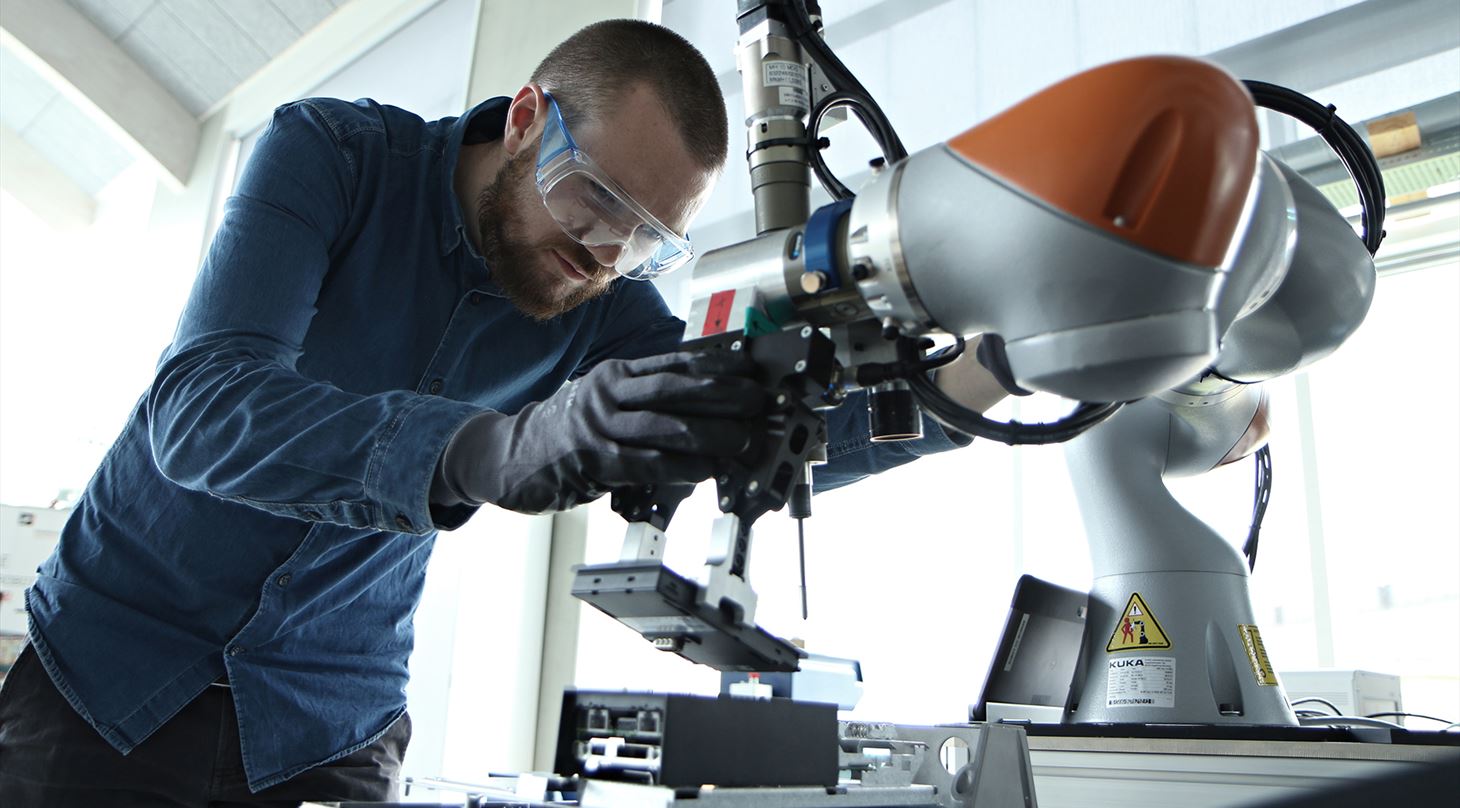

An exciting culmination of medical knowledge and cutting-edge technology has allowed astronauts on the International Space Station (ISS) to experience 3D telemedicine for the first time. In October 2021, ISS astronauts witnessed the innovative use of holoportation to enhance the delivery of medical practices at a distance through virtual reality. Scientists at NASA developed the technology with AEXA Aerospace, headed by CEO and President Doctor Fernando De La Peña Llaca, a University of Phoenix alum.
Table of Contents
COVID-19 and Space Travel: A Story of Social Isolation
With 28 years of experience in heading tech companies, Dr. De La Peña Llaca has always been fascinated by space exploration and the advancement of space technology. During his time studying engineering at Universidad La Salle, A.C., he completed and patented a design for an antimatter propelled spacecraft engine. He also received additional patents, including for a space launcher that used magnetic levitation. In 2010, he received a Discovery Channel Prize for developing the Mexican Space Agency.
However, the COVID-19 pandemic, with its associated social distancing and quarantines, made him consider the effects of isolation on humans and the implications for the aerospace sector. Astronauts on the ISS experience months in social isolation, sometimes living on the space station for up to one year at a time, cut off physically from friends and family. Dr. De La Peña Llaca explained that many of us experienced a similar form of isolation during the global pandemic. He notes that among its many side effects, prolonged isolation can cause a drop in mental and physical performance.
The application of holoportation technology in space travel is relatively recent, but Dr. De La Peña Llaca believes it could relieve the effects of extended isolation. The application could be crucial for astronauts spending significant periods away from Earth, especially for longer trips such as missions to the moon or even Mars.
Holoportation: The Future of Communications Technology
The journey to the ISS holoportation project’s success began approximately six years ago. In 2016, AEXA accomplished a successful demonstration of a training application for NASA’s payload specialists and astronauts. The project took place in NASA’s undersea habitat, where the agency commonly trains astronauts and tests new technologies for implementation in space.
In the demonstration, a NASA surgeon in Houston, Texas, remotely assisted an astronaut in the undersea base in Florida. Though the mission was successful, the NASA surgeon raised a query about avatars in the metaverse, speculating that the approach may not work for all and querying whether another solution was possible. Dr. De La Peña Llaca put forward a bold claim to take the process further, suggesting they could teleport the surgeon to the ISS by way of holographics so his “essence” would be there. Agreeing to support the impressive project, five years later, the NASA surgeon appeared through holoportation technology on the ISS, and the project was a triumph.
Holoportation is currently used as a tool for medicine, business, engineering and communications. Meanwhile, AEXA Aerospace’s training application for astronauts and payload specialists projects holograms as overlays on existing equipment and hardware and allows individuals working remotely, such as the NASA surgeon, to appear projected into another environment in real time. Dr. De La Peña Llaca and his company are set to make the application widely available by late summer to autumn of 2022. The futuristic vision is that anyone, whether in space or on Earth, can harness the power of holoportation to communicate across distances.
University of Phoenix: Nurturing Innovators
Dr. De La Peña Llaca launched AEXA Aerospace in 2012 while starting a master’s degree in information systems at University of Phoenix. He completed the program in 2013 and returned to the University for a doctoral degree in Philosophy, which he completed in early 2022. His doctoral dissertation, entitled “Holographic teleportation in space and astronauts’ stress,” explored and outlined the use of holoportation technology to mitigate the effects of social isolation and stress on astronauts.
He explained how his education at University of Phoenix allowed him to get into “research mode,” sharpening his analytic skills to find better solutions for long-term practices, and how he implemented the lessons he learned while at the University in his latest work with NASA. He also credits his University mentor, Dr. Phillip Davidson, for assistance with the dissertation project and for his success beyond his higher education.
Leading the Way in the Aerospace Industry
Dr. De La Peña Llaca is the former president of the Space City Houston chapter of the National Contract Management Association (NCMA) at NASA Johnson Space Center (JSC). He is also the former chairman of the NASA JSC Small Business Council and has achieved several awards including Small Business Administration and Small Business Champion of the Year, Houston District. Today, he chairs the Communications Committee of the JSC National Management Association and serves on the board of directors of the Bay Area Houston Economic Partnership (BAHEP). Besides acting as the aerospace representative of the Clear Lake Chamber of Commerce, he is also chief of the Infragard Defense Industrial Base SIG in Houston, a council operating across various global industrial sectors.
About University of Phoenix
University of Phoenix innovates to advance the educational ambitions of adult and nontraditional learners and assist students in navigating the career options and degree programs best suited to them. Flexible dates, online classes, interactive learning and numerous scholarship opportunities make it possible for anyone to earn the degree they need. Additionally, the University’s Career Services for Life® commitment supports active students and graduates with resources such as career guidance, resume and interview support and education and networking opportunities. For more information, visit phoenix.edu.



